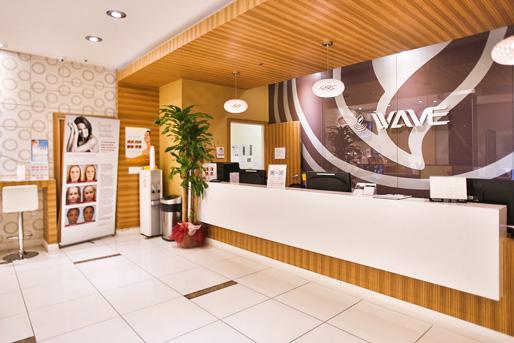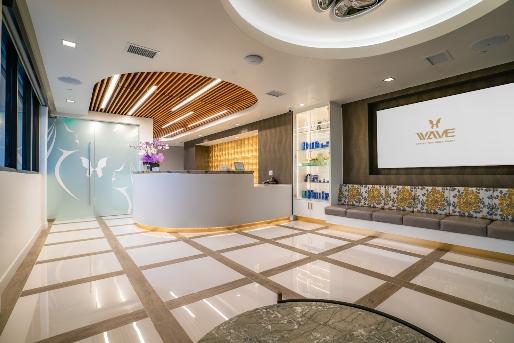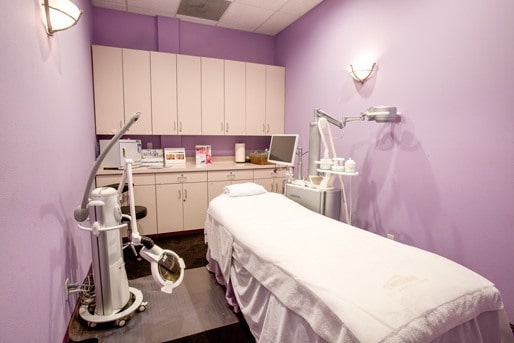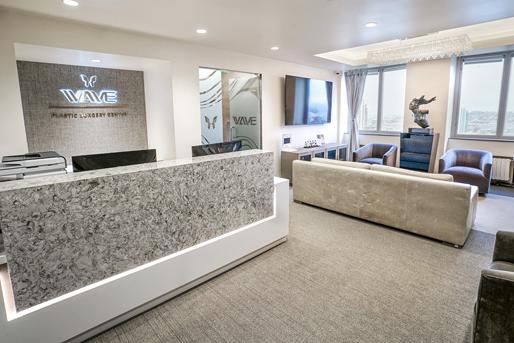A facelift, also known as rhytidectomy, is a cosmetic surgical procedure performed to improve the appearance of the face and neck by tightening underlying muscles and removing excess skin. The goal of a facelift is to create a more youthful appearance by addressing common signs of aging, such as sagging skin, deep creases beneath the eyes, jowls along the jawline, and loose skin on the neck, all while keeping natural results top of mind. Fortunately, the results of a facelift are usually long-lasting, though they may not be permanent.
A facelift can be performed on both men and women, although the results may vary depending on the individual’s age and skin type. The recovery process following a facelift is typically relatively short, with most patients feeling well enough to return to normal activities within two weeks. In comparison to a deep plane facelift recovery, day-by-day recovery for a standard facelift is much easier to manage and takes less time to heal. However, there are a few things that patients can do to help ensure a successful result and reduce the recovery time for this cosmetic surgery.
So, how long does it take to recover from a facelift? This article aims to guide you through the ins and outs of facelift recovery, day-by-day, following a facelift and offer tips for a swift and successful recovery.
What to Do Following Your Facelift Surgery
You will need to do a few things following your facelift surgery to ensure a quick and successful recovery. The facelift recovery time will largely depend on the patient and their willingness to follow the surgeon’s directions and ability to utilize treatments that can reduce bruising/swelling, and facilitate faster healing. The following are four essential recovery tips for a facelift:
- First, to improve your upper and lower face-lift recovery times, you must follow your surgeon’s postoperative care instructions. These instructions will likely include wearing a compression garment or bandage, sleeping with your head elevated, and avoiding strenuous activity or exposure to sunlight.
- Second, you will need to take care of your incisions. Be sure to keep them clean and dry, and apply any ointments or creams as directed by your surgeon. You will also need to avoid activities that could put undue stress on your incisions, such as bending over or lifting heavy objects. This is the only way to improve your facelift swelling timeline, prevent scar tissue, and ensure best results.
- Third, you will need to eat a healthy diet and drink plenty of fluids. A nutritious diet will help your body heal more quickly while staying hydrated will help reduce swelling.
- Finally, taking things easy for the first few weeks following your facelift is essential. Avoid any strenuous activity or exercise, and take plenty of time to rest and relax. You need to ensure that you’re comfortable and rested to allow your body to repair itself and reduce the facelift healing time.
Week by Week Tips for Facelift Recovery
By now, you should have a general idea of what the post-procedure timeline will look like. If you’re still searching “how long to recover from a facelift procedure” here is a week-by-week facelift recovery timeline to help you recover quickly following your facelift:
Facelift Recovery Tips for Week 1
The first week after your facelift is when you will experience the majority of your swelling and bruising. Follow your surgeon’s postoperative care instructions, and keep your incisions clean.
Here is a day-by-day look:
- Day 1: After your surgery, you will be taken to a recovery room, where you will be monitored for a few hours. Once you are awake and alert, you can go home. Have someone drive you home because you will be dizzy and sleepy.
- Day 2: Your surgeon will likely schedule a follow-up appointment two days after your surgery. At this appointment, your surgeon will check your incisions and remove any drains placed during surgery. They will also check for any signs of infection and answer any questions you may have about the recovery process.
- Day 3: During this time, getting plenty of rest and avoiding strenuous activity is essential. Take short walks around your house to keep your blood flowing and help prevent blood clots from forming. The swelling and bruising will likely be at their peak around this time, but if you experience any discomfort, medications can help ease it out.
- Days 4 -7: The swelling and bruising will have begun to subside. You can continue taking short walks around your house but avoid strenuous activity. You may also feel more like yourself and have more energy, and may not need pain medications.

Facelift Recovery Tips for Week 2
You will likely experience less swelling and bruising during the second week of your healing process. You may also feel well enough to return to normal activities, but avoiding strenuous activity or exercise is still essential.
- Day 8: At this point, you will likely be feeling much better and have more energy. The swelling and bruising should also be less than in the first week. You can slowly increase your activity level but avoid strenuous exercise.
- Day 9-14: You should be feeling almost back to normal this time. The swelling and bruising will continue to improve, and you can gradually increase your activity level. You can resume all normal activities, including exercise, but be sure to listen to your body and take it easy if you feel tired or sore.

Facelift Recovery Tips for Week 3 and 4
By the third and fourth weeks of recovery, most swelling and bruising will have subsided, and you should be feeling back to your usual self. You should also start seeing stunning changes in your appearance as the results of your facelift become more apparent. The incision sites will have some pinkish-red color, which will eventually fade. You can resume all normal activities, including exercise, but be sure to take care of your skin by cleansing it gently and applying sunscreen when you go outside.
What to Expect 30 days and Beyond
After about 30 days, most of the visible signs of surgery will have faded, and you will be able to see the full effects of your facelift. The incision lines will continue to improve and should eventually be almost invisible. You may also notice that your skin has a more youthful appearance and texture. With proper care, the results of your facelift can last for many years to come.
Get Your Dream Facelift with WAVE
A facelift can be a life-changing procedure. It can take years off your appearance and help you look and feel younger and more refreshed. However, achieving your desired results starts with finding the right surgeon.
At WAVE Plastic Surgery, we offer a full range of facelift options to help you achieve a refreshed, youthful appearance. Our experienced surgeons will work with you to develop a treatment plan that meets your unique needs and goals. This plan may include additional procedures such as facial contouring, brow lift, and neck lift to enhance the overall effect desired. We also offer fillers as a non-surgical option to complement your facelift, providing a more comprehensive approach to rejuvenation.
Contact us today to discuss our facelift options or schedule a consultation.
























